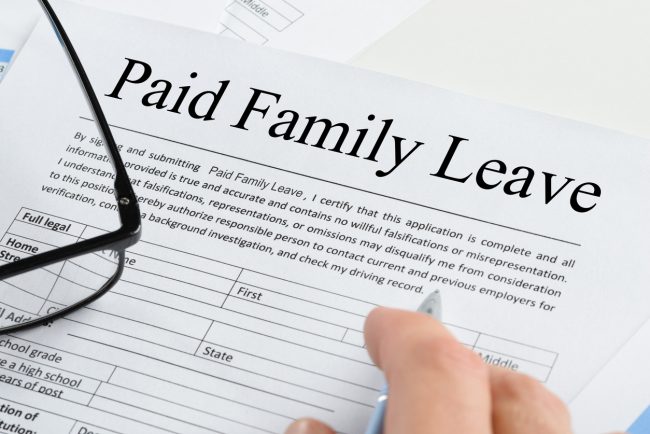Changes for 2021 Summary of Benefits and Coverage
There are new Summary of Benefits and Coverage notice requirements for health plans starting with the 2021 coverage year.
The requirements, released by the Department of Labor, have new model templates, new instructions and new information that affects the coverage examples that are required to be in SBC documents that employers with group health plans must distribute to their employees.
Under the Affordable Care Act, all non-grandfathered health plans are required to provide enrollees and prospective applicants an SBC, which is essentially a synopsis of the plan’s coverage and benefits. It must be produced in a specific format, contain specific information, and be written in a way that is easily understood.
Here are the changes that were made to the SBC template for plans that started on or after Jan. 1:
Coverage example
The coverage examples that appear on the last page of the document have been modified to reflect changes in the cost of medical services that occur over time due to inflation and other factors:
- “Managing Joe’s Type 2 diabetes” (diabetes example): The total amount of expenses incurred for “Joe” has decreased.
- “Mia’s simple fracture” (fracture example): The total amount of expenses incurred by “Mia,” who visited the emergency room for a simple fracture, has increased.
- “Peg is having a baby” (maternity example): The costs incurred during “Peg’s” hospital stay have been changed to remove separate newborn charges. The deductible line of the example should now match “your deductible amount” (if applicable).
Minimum essential coverage
Under the entry for minimum essential coverage, the template has been revised to reflect the elimination of the individual mandate penalty, which was repealed effective Jan. 1, 2019.
The entry now indicates that individuals eligible for certain types of minimum essential coverage may not be eligible for a premium tax credit under the ACA marketplace.
Uniform glossary
The uniform glossary has been updated to remove references to the individual mandate penalty.
What to do
If you offer group health plans to your employees, you are a plan sponsor and thus required to distribute SBCs to staff who are eligible for coverage during open enrollment. The SBC must also be given to new hires within 90 days of hiring for mid-year enrollment.
If you don’t have your latest SBC, you can contact us or your health insurer. The insurer is obligated to provide all covered employers with updated SBCs after the Department of Labor and the Department of Health and Human Services release changes to templates.










